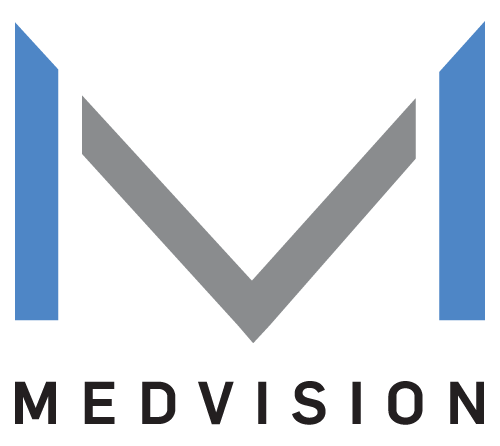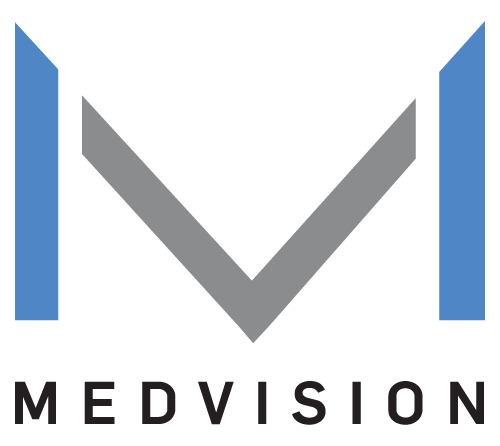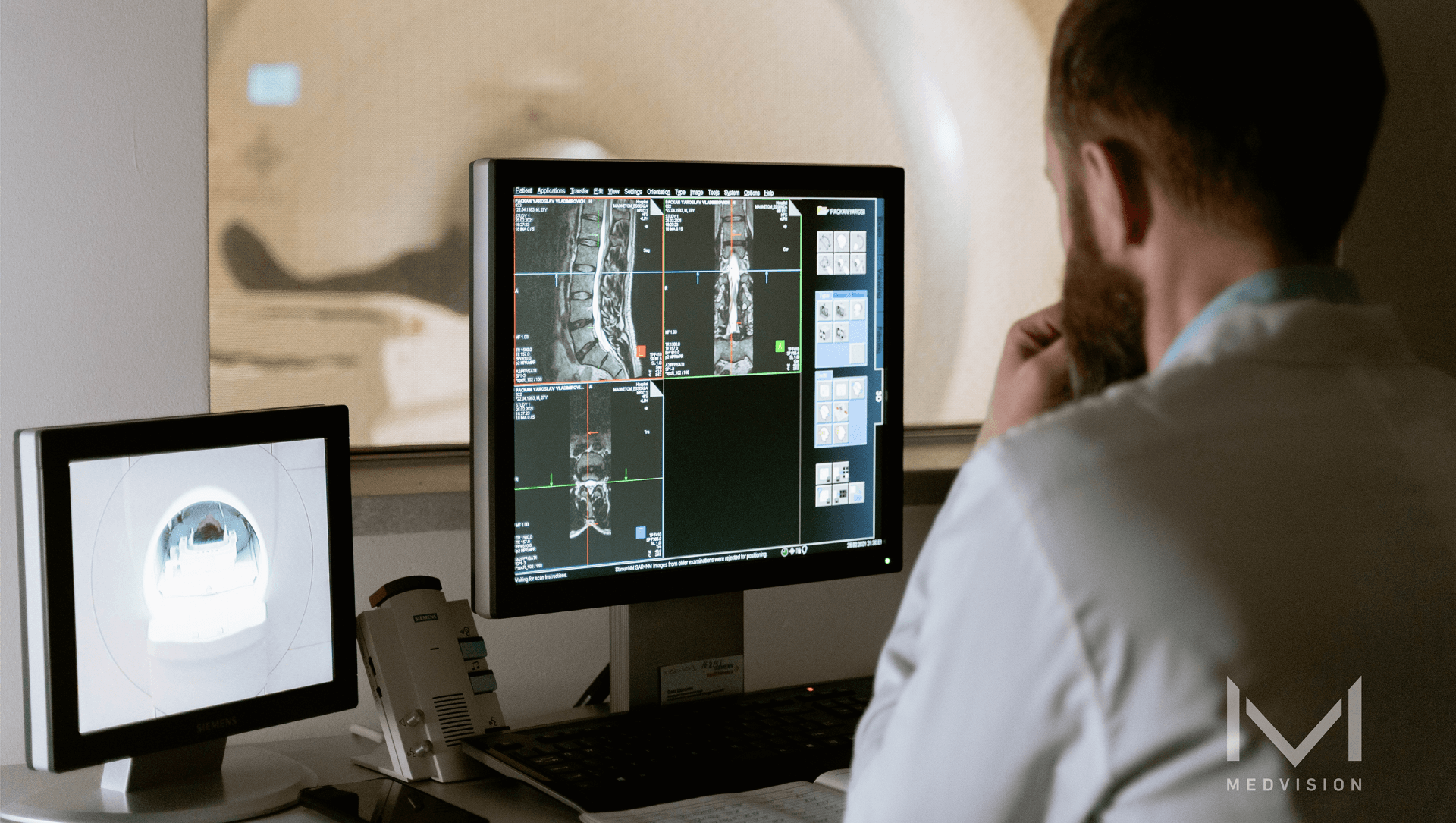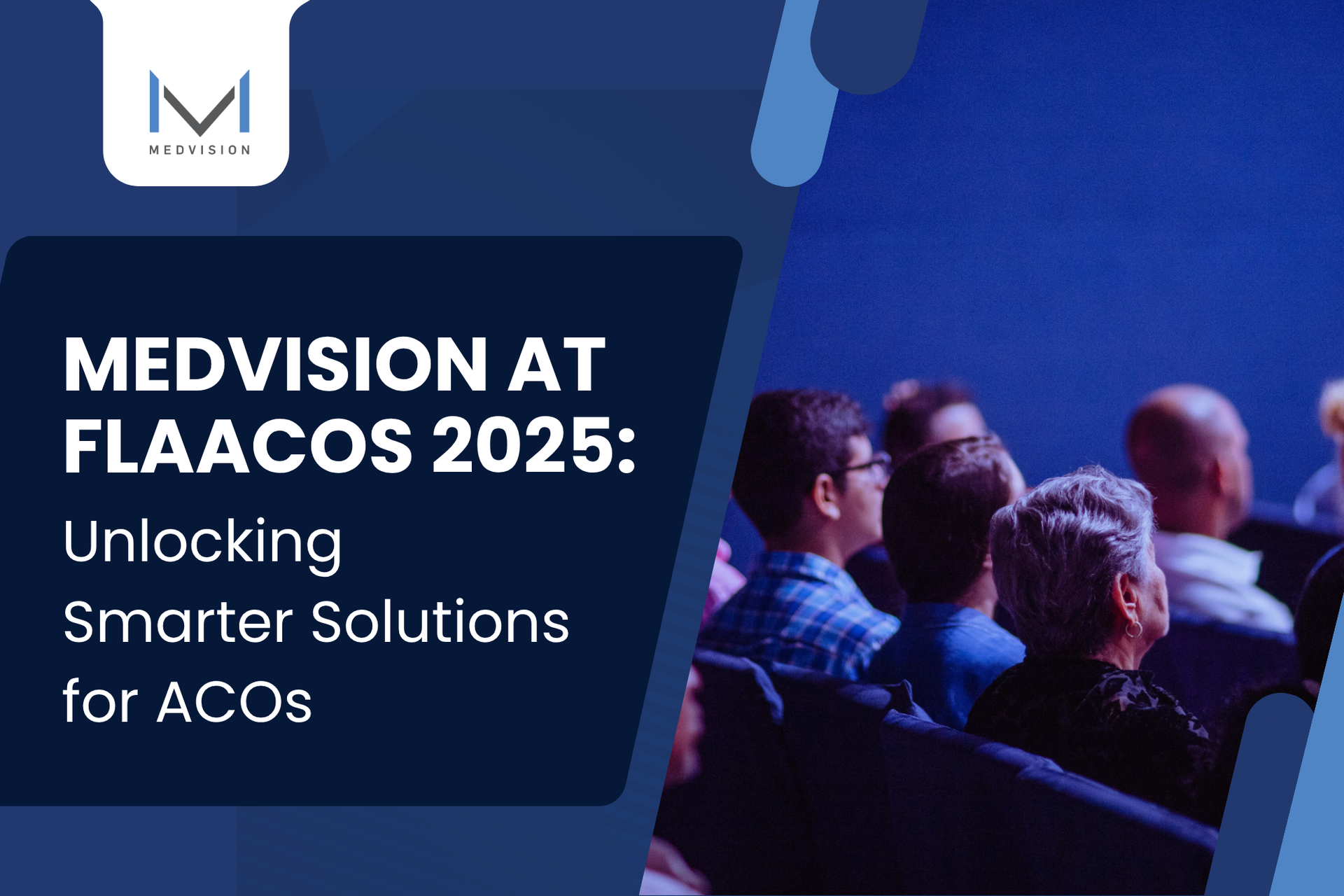Top 4 Best Practices for CMS’s Direct Contracting Program
Healthcare groups, including payers and providers who have participated in the latest Centers for Medicare & Medicaid Service (CMS) direct contracting program all have one thing in need: to be successful in this novel yet promising pursuit. Some organizations and businesses alike have shared the same sentiment over the
experimental nature of direct contracting. However, the structure and scheme of this risk-based payment model has a great potential to further the industry’s campaign for clinical value, leading them to get involved despite the slight apprehension.
How Can You Get Started with CMS’ Direct Contracting Program?
At a glance, CMS’s direct contracting program might cause concern for some. But it can be beneficial to both healthcare providers and beneficiaries when known better. Knowing what it is and how to get started helps ease the worry.
Essentially, the program comes in three
different diverse models that include standard, high-needs populations, and new entrant. Each individual model is partnered with risk levels, which are global and professional and capitation types which are
primary care and total care. It is important to know where your organization lies and what kind of model best suits your organization’s operation to better understand the advantages that you can get from the program.
The Complete Guide to the Four Best Practices for Success
Providers and other healthcare groups have
considered CMS’s direct contracting program for a lot of good reasons. Choosing this program enables delivering quality patient outcomes, accessing benefit enhancements, and more. Knowing how you can get started with the program is the first step, but it can help you in the long run if you follow these one of the top best practices that can
guarantee you success:
1. Take part in direct contracting negotiation
Providers can directly negotiate and decide which provision of care to render and manage. This arrangement gives them the liberty to choose which services to offer within the spectrum of healthcare and the down-side risk they are willing to assume.
2. Invest in data analytics
With data analytics at your disposal, you can optimize statistical techniques to interpret reports and produce useful insights to determine whether or not the direct contracting approach is effective and feasible.
3. Coordinate with DCEs
Coordinating with DCEs allows healthcare providers to create and form reimbursement schemes that best suit them. DCEs present providers a reliable payment innovation, one that doesn’t get in the way of managing patient care.
4. Ensure beneficiary alignment and engagement
Beneficiaries have different medical needs that require treatment choices and a particular regimen of care. It’s crucial for them to be involved in their own healthcare experience to yield and maintain a great patient satisfaction in the long run.
Keep Up the Momentum with QuickCap!
Healthcare organizations and providers can
make a positive impact with CMS’ direct contracting program. Its goal of introducing additional options for providers who want to contract directly with CMS fundamentally lifts some of the heavy burden that they face daily. These top best practices might be able to assist providers but without an integrated technology solution like Direct Contracting Entity - Operating Software (DCE-OS), it may be quite impossible to achieve success in the program.
DCE-OS is a web-based application powered by Medvision’s signature software
QuickCap 7 (QC7). With DCE-OS, you can efficiently manage procedures that CMS’ direct contracting program requires, including
- administering referral and claims;
- setting monthly or yearly capitation;
- defining provider contracting specifics
- generating actionable insights based on data analytics; and
- and so much more.
June 29, 2022
The ACO REACH model was developed to address concerns from its previous form. But how does the new structure really impact healthcare equity?
May 18, 2022
These are some of the most compelling reasons why ACO REACH is better compared to GPDC at promoting higher quality care while lowering its cost.
May 16, 2022
The discussion about the redesigned ACO REACH can be perplexing for some. Brush up on the latest news and details about ACO REACH vs. DCE.
















